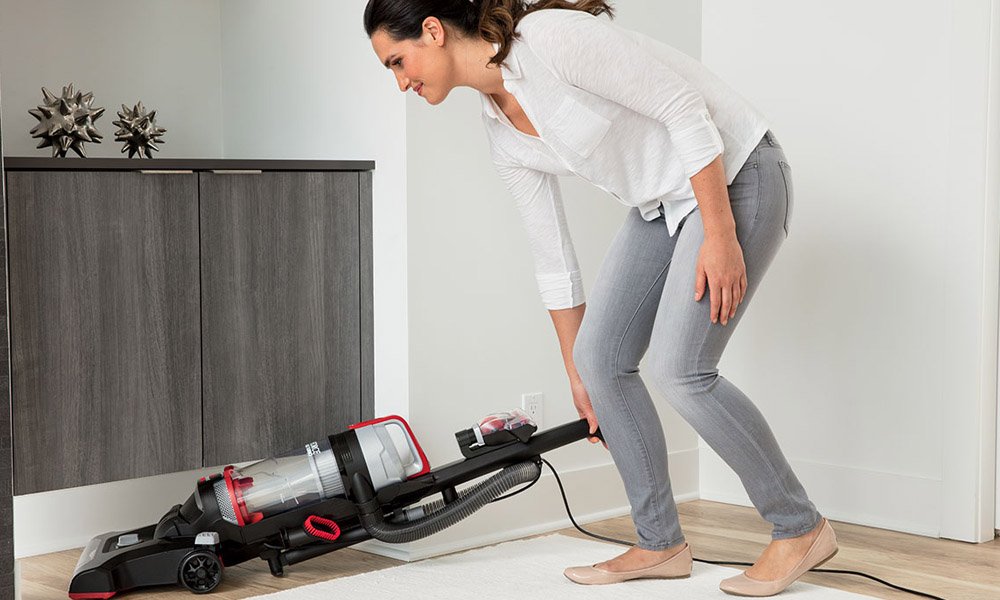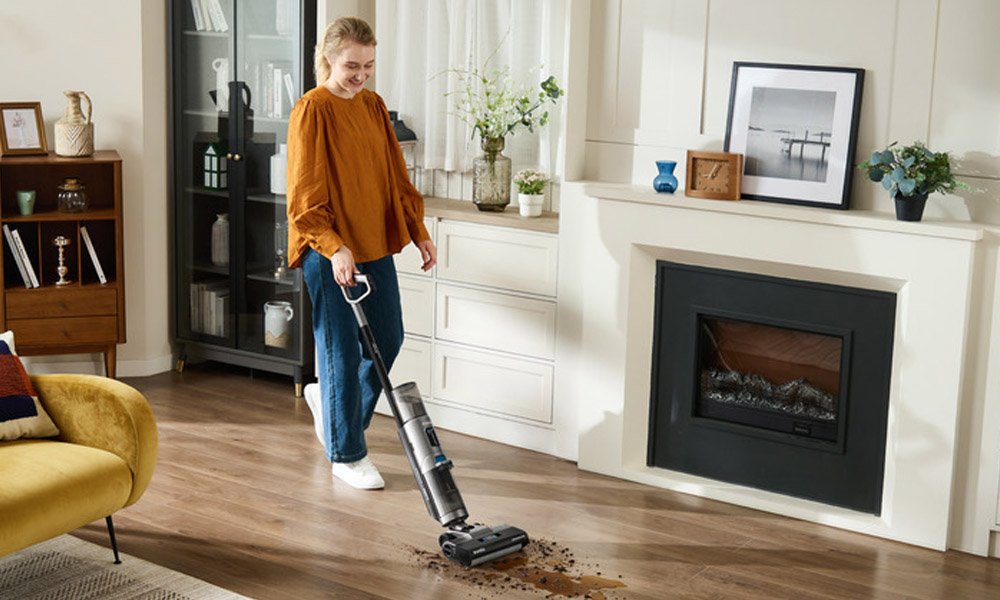An intimidating chore is cleaning a house with several floors. Different floor kinds call for different cleaning methods; from soft carpets to smooth hardwood. Add the difficulty of navigating between floors, and the appropriate hoover becomes not only a luxury but also a need. Focusing on the adaptability and efficacy of multi-floor vacuum solutions, this article examines closely how to get perfect results on a range of surfaces.
The Special Difficulties of Multiple Story Cleaning
The variety of surfaces that demand attention is one of the main challenges housekeepers of multi-floor homes have. Laminated flooring, hardwood, tiles, and carpets call for different techniques. For instance, whereas hardwood floors are more prone to scratches and need a softer touch, carpets gain from rigorous cleaning to eliminate filth that could be ingrained in the fibers. Stairs, meanwhile, add still another level of difficulty and usually call for a vacuum that is easy to carry or move in confined areas.
Crucially here are weight and portability. Too heavy vacuums can make the already difficult chore of moving a cleaning machine between floors especially more taxing. Furthermore, the ability of the vacuum to adapt to various surfaces and change suction power or height depending on need determines cleaning efficacy. One single vacuum should be able to navigate between these several flooring materials without reducing cleaning performance or harm caused.
Important Attributes of the Perfect Multi-Floor Vacuum
Searching for a vacuum capable of handling multi-floor homes should give top priority numerous important criteria. Multi-surface adaptation is first absolutely vital. Depending on whether they are gliding over a hardwood floor or a carpet, vacuums with automated floor sensors or customizable suction settings will modify their cleaning method. This flexibility guarantees that the suction does not damage fragile surfaces or waste energy.
An other crucial factor is the adaptability of attachments. Soft rollers, upholstery brushes, and crevice tools let the vacuum manage more than simply routine cleaning chores. They enable handling everything from delicate surfaces and upholstery to complex corners and edges. For hardwood, for instance, soft rollers or felt-lined wheels work best; for deep carpet cleaning, a spinning brush roll is more appropriate.
Another essential component is filtration systems, especially for houses where people struggle from allergies. By catching allergens and tiny particles, a high-efficiency particulate air (HEPA) filter cleansing improves the indoor air quality. Another difficult choice is which of cordless or corded models to use. While corded models may be more appropriate for larger homes, cordless vacuums give more mobility and let users roam freely between floors.
Finally, the bagged against bagless argument is still pertinent. For people with allergies especially, bagged vacuums could be more hygienic since the dirt and trash are contained inside the bag. But bagless variants are environmentally beneficial and save the ongoing expenses of buying replacement bags.

Real-world Advice for Perfect Multi-Floor Vacuuming
Good multi-floor vacuuming transcends simple machine selection. It also concerns applying it in the most effective manner available. One could start quite well with a cleaning schedule. Create zones throughout your house, giving high-traffic areas first priority because dirt builds up faster. Starting from the top floor, descend to prevent spreading dirt to recently cleaned sections.
As you go between surfaces, make sure the settings of your vacuum change. On fragile surfaces like hardwood, lower suction power performs best; on thick carpets, a higher setting is needed to extract ingrained grime. Still another crucial advice is regular maintenance. Replace filters, routinely empty dust bins, and make sure no trash or obstructions impede airflow. Additionally pay close attention to brush rolls since tangled hair might lower cleaning effectiveness.
When cleaning stairs, use light-weight models with detachable handheld tools or long hoses that can readily reach upper steps. Additionally helping this work to be more efficient are specialized stair attachments. Remember edges and corners as well. Although most vacuums find these often neglected areas difficult to access, employing a crevice tool guarantees that every inch of your floor is completely cleaned.
Cleaning Particular Floor Types
Different flooring need for different techniques. For carpets, especially high-pile models, a spinning brush roll is best. This pulls dirt that has settled far into the fibers. On the other hand, hardwood flooring require a vacuum with soft roller or especially made wheels to prevent surface damage. Stiff bristles or too strong suction should not be used on hardwood since they could ruin the finish.
Grout lines and tile floors provide difficulties of their own. Dirt may be pulled from grout lines using strong suction without damaging the tiles. Gentle on the tile surface, a soft brush attachment can assist to remove dirt. Laminate floors are more prone to water damage, hence choosing a vacuum with dry cleaning settings is essential to prevent moisture accumulation that can deform the laminate.
Final Thought
Cleaning and beautifying a multi-floor house does not have to be time-consuming or challenging. The secret is to choose a vacuum cleaner that can fit different surfaces, be conveniently portable, and have best suction force. With the correct tools and a good cleaning plan, keeping a perfect house not only is possible but also simple.
Including these best practices and knowledge into your cleaning schedule guarantees that your floor—hardwood, carpet, tile, or laminate—will stay in great shape for many years to come.

